Whether you're a beginner or a seasoned cook, knowing the right herbs can transform your dishes. This guide covers the top 15 essential culinary herbs for home cooking, with detailed uses, storage tips, and practical advice to enhance your meals. Let's dive in!
Table of Contents
- List of Top 15 Culinary Herbs
- Practical Uses of Common Herbs
- Buying Guide for Fresh and Dried Herbs
- Top 5 Herb Tips for Home Chefs
- Frequently Asked Questions About Herbs
- Conclusion
List of Top 15 Culinary Herbs
Here's a quick reference for the most essential culinary herbs every home cook should know, with key details for each:
- Basil: Sweet, peppery flavor; perfect for pesto, salads, and tomato dishes. Best used fresh at the end of cooking.
- Oregano: Bold, earthy taste; ideal for pizza, stews, and grilled meats. Dried form intensifies flavor.
- Parsley: Fresh, clean taste; great for soups, salads, and garnishing. Flat-leaf preferred for cooking, curly for garnish.
- Cilantro: Citrusy, vibrant flavor; essential in Mexican, Indian, and Southeast Asian dishes. Add fresh at the end.
- Mint: Refreshing, cool note; perfect for teas, desserts, and drinks. Preserve flavor by adding late in cooking.
- Rosemary: Pine-like aroma; excellent for roasting meats, breads, and vegetables. Use sparingly to avoid overpowering.
- Sage: Savory, slightly bitter; works well in stuffing, roasted potatoes, and chicken. Best fresh or lightly dried.
- Thyme: Mild, aromatic; staple in French cuisine for soups, stews, and braises. Can be used fresh or dried.
- Dill: Delicate, grassy; complements fish, eggs, and yogurt sauces. Add fresh at the end of cooking.
- Chives: Mild onion-like; ideal for salads, soups, and dips. Best eaten raw or added last.
- Bay Leaf: Subtle herbal note; enhances broths, stews, and braises. Add whole during cooking, remove before serving.
- Marjoram: Milder than oregano; pairs with lamb, poultry, and vegetables. Use fresh or dried with garlic and lemon.
- Fennel: Licorice-like flavor; popular in Italian and Indian dishes. Use feathery leaves for a unique anise touch.
- Cumin: Warm, nutty spice; key in curries, chili, and tacos. Toast before use for enhanced flavor.
- Coriander: Seeds (warm, citrusy) and leaves (cilantro, pungent); versatile in global cuisines.
Practical Uses of Common Herbs
Maximize flavor with these quick-use guidelines for each herb:
| Herb | Best Used In | How to Use |
|---|---|---|
| Basil | Pesto, Salads, Tomato Dishes | Add fresh leaves at the end or blend into pesto |
| Oregano | Pizza, Stews, Grilled Meats | Use dried for stronger flavor; add during cooking |
| Parsley | Soups, Salads, Garnish | Add fresh at the end or use as garnish |
| Cilantro | Salsas, Curries, Chutneys | Add fresh at the end for maximum flavor |
| Mint | Teas, Desserts, Drinks | Add fresh at the end or use in infusions |
| Rosemary | Roasted Meats, Breads, Vegetables | Use fresh or dried; rub on meat or mix with olive oil |
| Sage | Stuffing, Roasted Potatoes, Chicken | Use fresh or dried; pair with garlic and lemon |
| Thyme | Stews, Braises, Soups | Add during cooking; remove before serving |
| Dill | Fish, Eggs, Yogurt Sauces | Add fresh at the end of cooking |
| Chives | Salads, Soups, Dips | Add fresh or chopped at the end |
| Bay Leaf | Broths, Stews, Braises | Add whole during cooking; remove before serving |
| Marjoram | Lamb, Poultry, Vegetables | Use fresh or dried; pair with garlic and lemon |
| Fennel | Italian Dishes, Fish, Vegetable Sauté | Add fresh leaves for a licorice note |
| Cumin | Curries, Chili, Tacos | Use ground for strong flavor; toast before use |
| Coriander | Indian, Middle Eastern, Latin American Dishes | Use seeds for warmth; leaves for freshness |
Buying Guide for Fresh and Dried Herbs
Choose the right herbs for optimal flavor and freshness:
Choosing Fresh Herbs
Look for vibrant, crisp leaves without wilting or discoloration. Store properly to extend shelf life:
- Fresh Basil - Ideal for pesto and salads. Choose bright green, unblemished leaves.
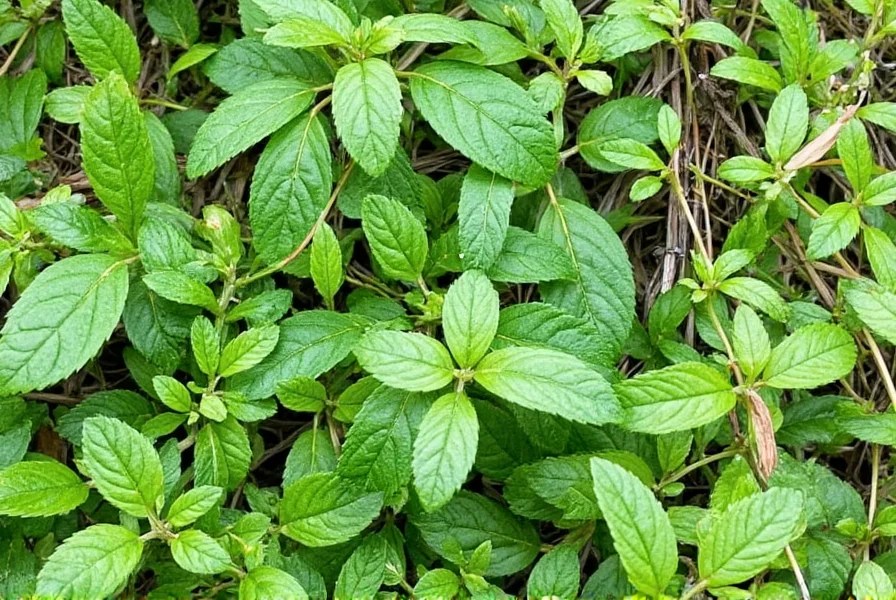
- Fresh Parsley - Great for garnishing and freshness. Pick firm, dark green leaves.

- Fresh Mint - Perfect for drinks and desserts. Ensure leaves are bright and plump.
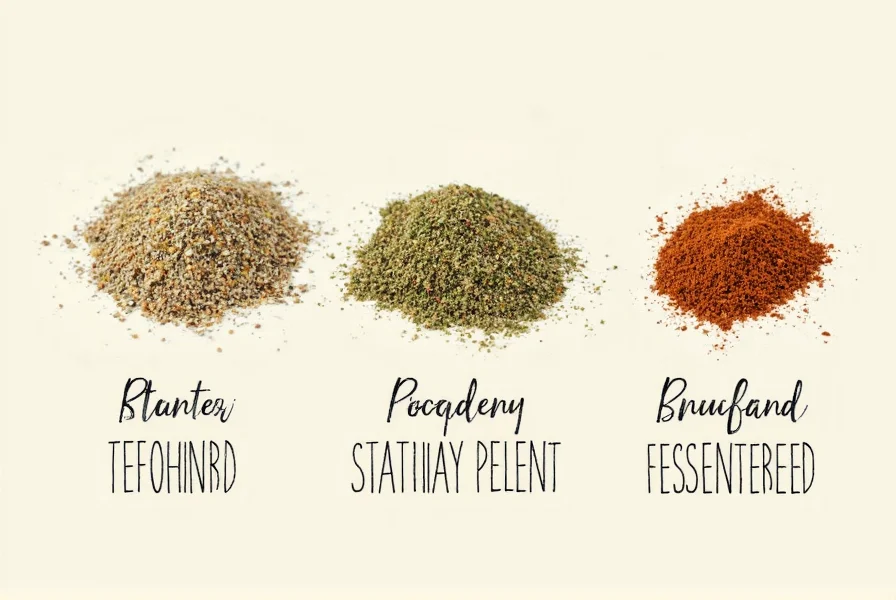
Choosing Dried Herbs
Dried herbs are convenient but lose potency over time. Check expiration dates and store in airtight containers:
- Dried Oregano - Essential for Italian dishes. Opt for finely ground or whole leaves.
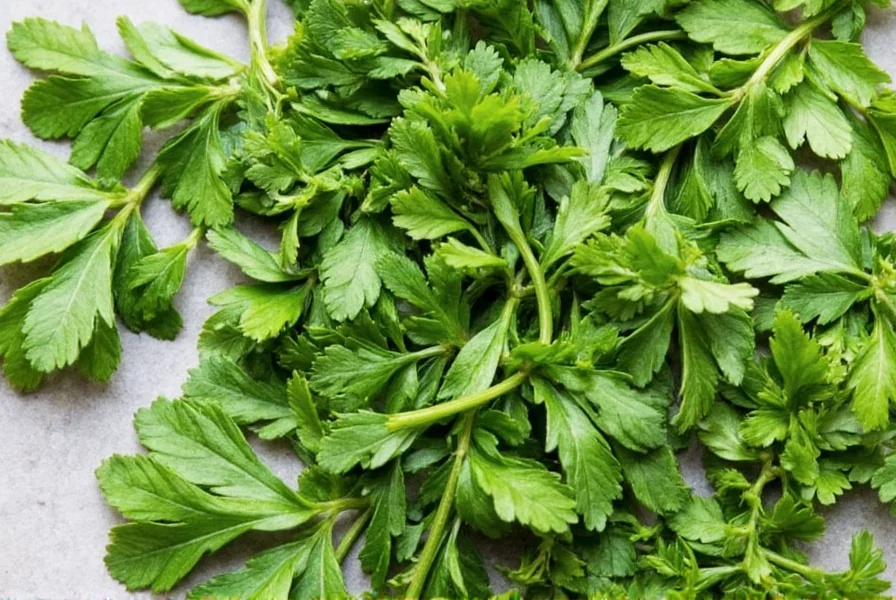
- Dried Rosemary - Robust flavor for roasted meats. Select dark, woody stems.
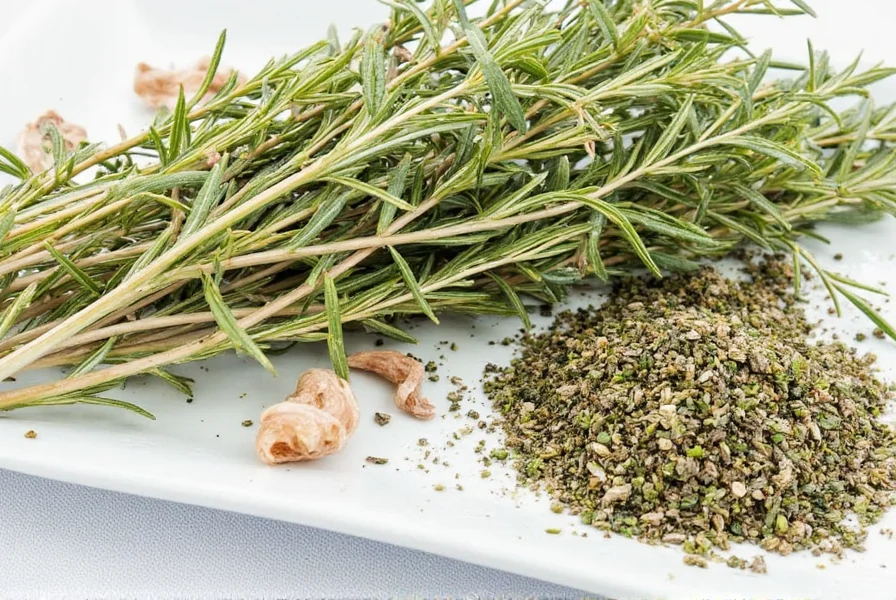
- Dried Thyme - Versatile for soups and stews. Choose high-quality, fine granules.

Using Herbs for Different Occasions
- Weeknight Dinners - Use quick herbs like parsley, chives, and dill for simple meals.
- Special Occasions - Elevate dishes with rosemary, sage, and thyme for holiday feasts.
- Snacks and Drinks - Mint, basil, and coriander add freshness to cocktails, smoothies, and snacks.
Top 5 Herb Tips for Home Chefs
Maximize flavor with these expert tips:
- Store Fresh Herbs Properly: Keep in a glass of water or wrap in a damp paper towel; store in the fridge for up to 2 weeks.
- Use Dried Herbs Sparingly: Dried herbs are more concentrated—start with 1 tsp per tablespoon of fresh, adjusting to taste.
- Toast Ground Herbs Before Using: Toasting cumin or coriander seeds unlocks deeper aroma and flavor.
- Pair Herbs with Complementary Flavors: Rosemary with garlic and lemon; mint with citrus and chocolate.
- Experiment with Herb Blends: Create custom mixes like oregano-thyme-rosemary for Mediterranean roasts.
Frequently Asked Questions About Herbs
What are the most essential herbs for a beginner to have?
For beginners, start with basil, parsley, cilantro, and rosemary. These cover Italian, Mexican, and general cooking needs: basil for pasta and pesto, parsley for freshness, cilantro for salsas, and rosemary for meats and vegetables.
How long do fresh herbs last?
Fresh herbs last 1-2 weeks with proper storage. Delicate herbs (basil, cilantro, parsley) last 7-10 days; hardier herbs (rosemary, thyme, sage) last up to 2 weeks. Store like flowers: stems in water, covered loosely in the fridge.
What's the conversion ratio between fresh and dried herbs?
1 tablespoon fresh = 1 teaspoon dried. Dried herbs are more potent—adjust for herb type (e.g., dried basil is extra strong, so use slightly less).
Which herbs should I add at the beginning versus the end of cooking?
Add hardy herbs (rosemary, thyme, oregano) at the start for deep flavor. Delicate herbs (basil, cilantro, parsley, dill) go in at the end to preserve freshness and color.
Can I grow my own herbs indoors?
Absolutely! Basil, mint, chives, parsley, and thyme thrive indoors. Use a sunny south-facing window or grow lights, well-draining soil, and regular watering. Start with grocery-store pots for easy success.
How can I preserve fresh herbs for longer?
Freeze herbs in oil or water: chop, place in ice cube trays, cover with olive oil or water, and freeze. Use directly in cooking. Alternatively, dry herbs by hanging bunches in a cool, dark place for 1-2 weeks.
What herbs pair best with specific proteins?
Chicken: rosemary, thyme, sage; fish: dill, parsley, fennel; beef: rosemary, oregano; pork: sage, thyme; lamb: mint, rosemary. Always match herbs to the dish's flavor profile.
Conclusion
Herbs are kitchen essentials that elevate simple dishes to extraordinary. By mastering these top 15 culinary herbs—understanding their uses, storage, and pairing—you'll unlock endless flavor possibilities. Start with basil, parsley, and rosemary for quick wins, then explore more as you grow confident. Happy cooking!

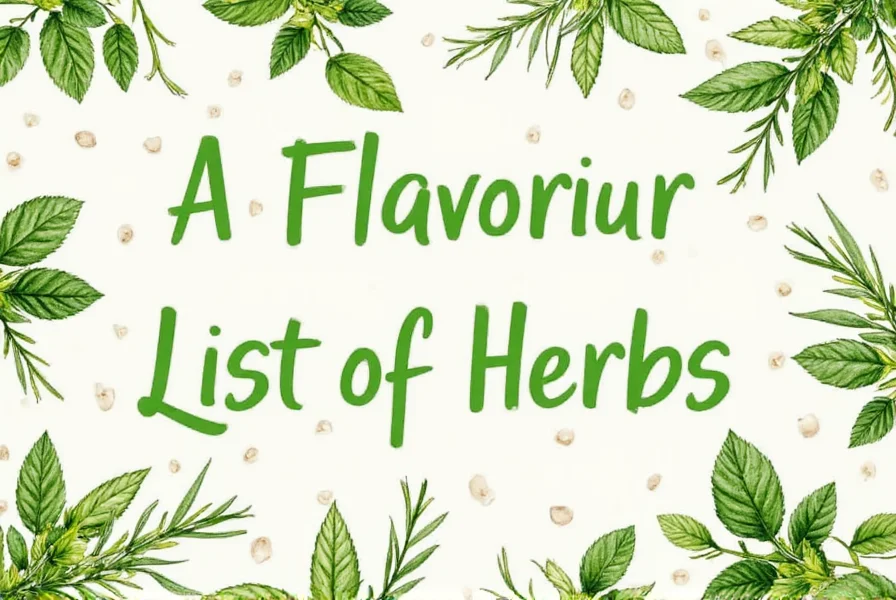









 浙公网安备
33010002000092号
浙公网安备
33010002000092号 浙B2-20120091-4
浙B2-20120091-4